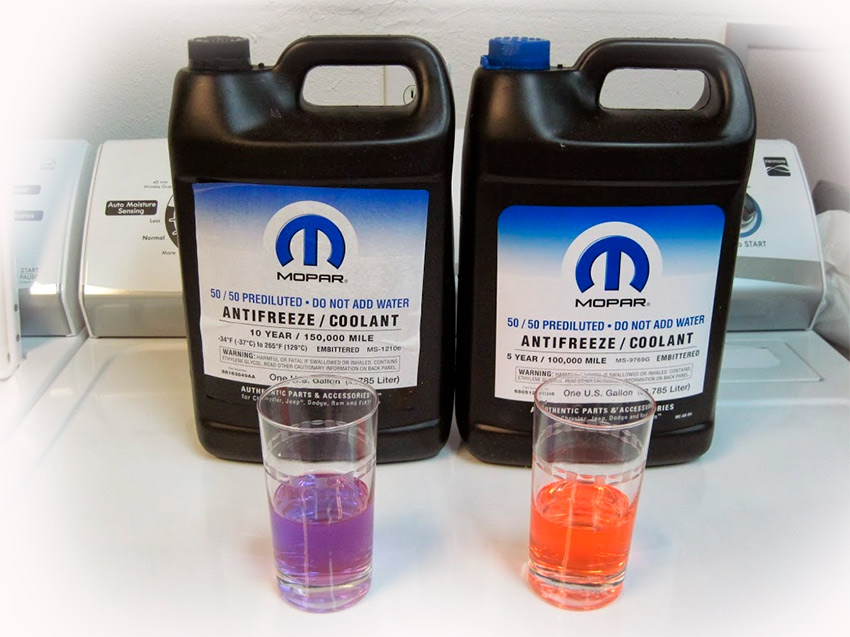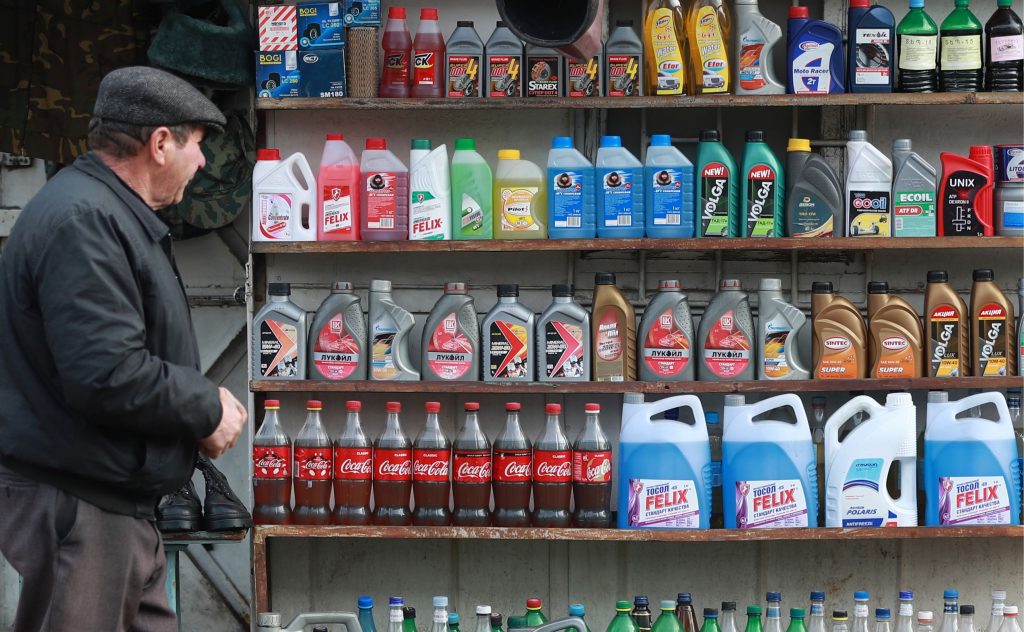

Recently, many antifreeze supplies have introduced “universal” or “global” one-size-fits-all coolants that are claimed to be compatible with any new vehicle cooling system as well as older vehicles.

One thing the aftermarket has always been good at is consolidation, and today’s coolants leave plenty of room for that. Shelf space is already over-crowded with a proliferation of chemicals and lubricants, so there’s no room to expand the line of coolants. But practically speaking, parts stores can’t stock different coolants for each different make of vehicle. The safe answer is the type specified by the vehicle manufacturer. The question is which type of coolant should you recommend to top off or refill a customer’s vehicle? Okay, so there are a bunch of different coolants in today’s vehicles. Hybrid OAT coolants are currently used by many European vehicle manufacturers as well as Ford and Chrysler. Silicate also helps repair surface erosion caused by cavitation in the water pump. Hybrid OAT coolants add some silicate to provide quick-acting protection for aluminum surfaces. This formulation also uses organic acids, but not 2-EHA (different organic acids are used). OAT corrosion inhibitors provide excellent long term protection for aluminum and cast iron, but may not the best choice for older cooling systems that have copper/brass radiators and heater cores. Consequently, OAT coolants typically have a recommended service life of five years or 150,000 miles. The corrosion inhibitors in OAT coolants are slower acting but much longer-lived than those in traditional North American green coolants. But Honda has an extended life OAT coolant that is dyed dark green and does not contain 2-EHA. Volkswagen/Audi uses a similar product that is dyed pink. OAT-based coolants are usually (but not always) dyed a different color to distinguish them from traditional North American green antifreeze. OAT stands for Organic Acid Technology, and includes such ingredients as sebacate, 2-ethylhexanoic acid (2-EHA) and other organic acids, but no silicates or phosphates (except in the case of Toyota’s pink extended life coolant which adds a dose of phosphate to its extended life OAT-based antifreeze). For example, OAT coolants should not be used in a vehicle that specifies the use of a hybrid OAT coolant.īut the short-lived nature of the corrosion inhibitors means this type of coolant should be changed every two to three years or 30,000 miles (though some products now claim a service interval of up to 50,000 miles with improved chemistry). The fast-acting silicate and phosphate corrosion inhibitors provide quick protection for bare iron and aluminum surfaces, and have a proven track-record of providing trouble-free service in virtually any vehicle application (domestic, Asian or European), assuming the chemistry is correct. Traditional North American “green” antifreeze, the original formula that everybody used until the introduction of today’s extended-life coolants. There are essentially three basic types of coolants:

The more we get into the specifics of each type of coolant, the more confusing the whole discussion becomes – so we’re only going to tell you what’s really worth knowing with respect to the different types of antifreeze. What’s more, colors can change if somebody tops off the system with a different coolant. You can’t simply go by the color of the dye in the coolant because two coolants with similar colors may have different chemistry, and two coolants with different colors may have similar chemistry.

For example, Ford and Chrysler specify hybrid OAT-only coolants. It’s important to always use the coolant chemistry recommended in the vehicle owner’s manual. These requirements are usually spelled out in the vehicle owner’s manual, and/or a decal or label on the coolant reservoir. We’re not going to summarize the whole laundry list of OEM coolants and colors here except to say each vehicle manufacturer has its own unique coolant specifications based on corrosion protection requirements, service life and chemical compatibility.


 0 kommentar(er)
0 kommentar(er)
